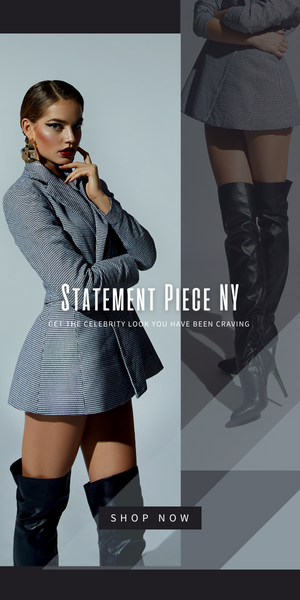Empowering Through Knowledge and Action
Greetings to my wonderful readers, Dr. Shari Andrews here. My journey in the world of medicine, particularly as a specialist in Emergency Medicine, combined with my unwavering passion for holistic well-being, has given me a unique perspective on health. Today, let’s dive deep into the realm of Breast Cancer Awareness, equipping ourselves with knowledge and proactive measures.
Understanding Breast Cancer
Before we delve into preventative measures, let’s grasp the fundamental understanding of breast cancer. It’s an uncontrolled growth of breast cells, leading to the formation of tumors. While many tumors can be benign (non-dangerous), some can be malignant, which necessitates immediate attention and treatment.
1. The Power of Screening: Beyond Mammograms
Mammograms: These are X-ray pictures of the breast. They can detect tumors that can’t be felt and can also identify tiny specks of calcium that might indicate cancer.
MRI: Women with a high risk of breast cancer, due to family history or mutations in genes like BRCA1 or BRCA2, might also benefit from a breast MRI alongside mammograms.
Ultrasound: This tool is beneficial to examine any lump detected during a self-exam or a mammogram further. It uses sound waves to produce images of the insides of the breasts.
2. Self-Exams: A Step-by-Step Guide
While monthly self-exams are crucial, many women are unsure of the exact method. Here’s a brief guide:
- Step 1: Begin by looking at your breasts in the mirror, keeping your shoulders straight and arms on your hips. Look for any distortion, swelling, dimpling, or changes in nipple shape.
- Step 2: Raise your arms and inspect for the same changes.
- Step 3: With your hands, feel your breasts while lying down. Use your right hand to feel the left breast and vice versa. Keep the fingers flat and use a circular motion, covering the entire breast area and armpit.
- Step 4: Finally, feel your breasts while standing or sitting, as many women find this an easier approach after a shower when the skin is wet.
3. Decoding Family History
Understanding family history isn’t merely knowing the relatives who had breast cancer but also at what age they were diagnosed and the nature of their cancer (e.g., triple-negative, HER2-positive).
4. Regular Check-ups: What To Expect
During your check-up, the physician would typically conduct a clinical breast examination. This involves feeling the breasts and underarm for any lump or abnormality. It complements self-exams and mammograms.
5. Wholesome Living: Delving Deeper
Diet: A balanced diet rich in fruits, vegetables, whole grains, and lean proteins can do wonders. Avoid excessive alcohol, sugary treats, and overly processed foods.
Exercise: Engaging in at least 150 minutes of moderate aerobic activity or 75 minutes of vigorous aerobic activity weekly, plus strength training at least twice a week, can lower the risk.
Mindfulness and Mental Well-being: Stress, while not a direct cause, can lead to habits that increase breast cancer risk. Practices like yoga, meditation, and deep-breathing exercises can be beneficial.
6. Drugs, Alcohol, and Breast Cancer
Excessive alcohol consumption, certain types of hormone therapies post-menopause, and even some birth control pills might elevate the risk. Consult your healthcare provider for alternatives or ways to minimize the risk.
7. Joining Hands: The Collective Fight
Communities play a crucial role. Join or form support groups, participate in awareness programs, or even just being there for someone going through this can make a huge difference.
8. Financial Support for Research and Development
While awareness and early detection are paramount, continuous research is the key to finding better treatments and, hopefully, a cure. To further this cause, I humbly urge you to consider donating to the Breast Cancer Research Fund. Visit this link and contribute to this noble cause.
In Conclusion
Knowledge is power, and with breast cancer, this couldn’t be more accurate. Equip yourself with the right information, make lifestyle changes, and stay vigilant. We all have a role in this fight, whether we’re medical professionals, patients, or support systems.
Join me in spreading awareness, hope, and resilience. Every effort, no matter how small, paves the way for a world with less breast cancer and more birthdays.
Warmly, Dr. Shari Andrews.
TeenyDose is your resource for navigating the healthcare world. Providing tips for patients who seek help with medical questions and for providers who need resources to help their patients best. If you love what you read here, don’t be selfish. Share it with your friends. We would love to hear from you if you have suggestions or wish to be a contributor.
Visit www.shariandrews.com and www.peakpulse.health for wellness solutions and personalized concierge services. I’m your partner in prioritizing health and making sense of your healthcare journey.








